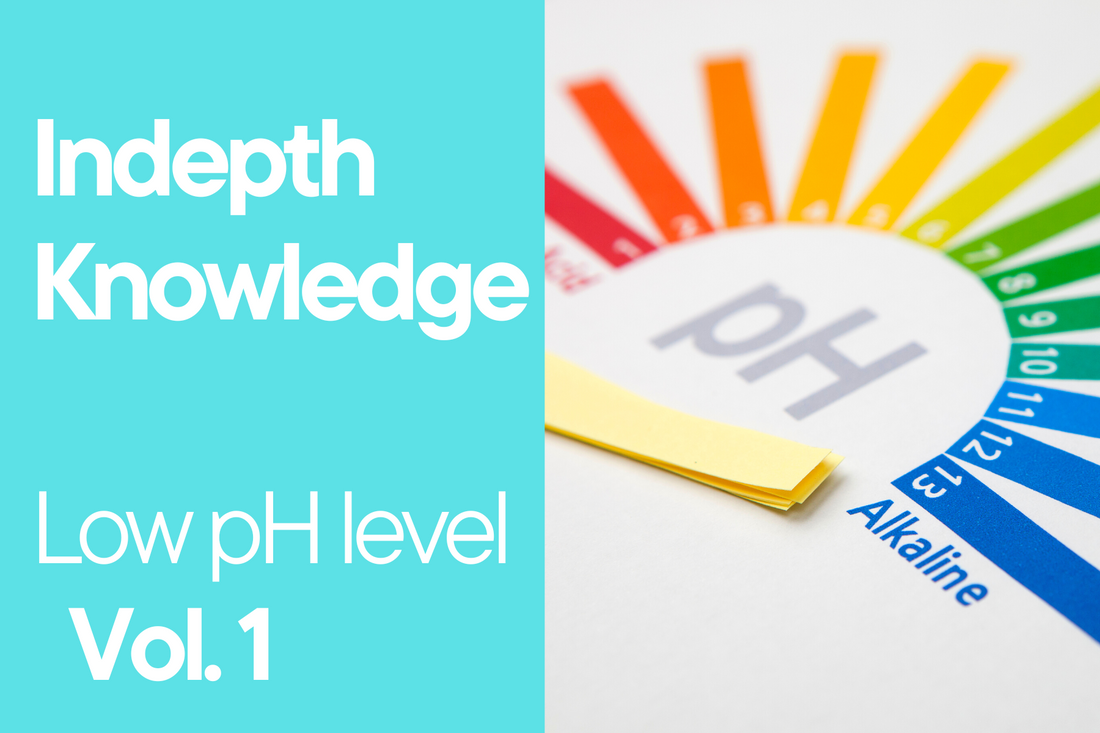The “low pH” is just a market gimmick or something worth paying attention?
Nowadays, there are numberless skincare products saying they are “low pH”. Is it just a marketing gimmick or something that we should take a look at? If it is worth paying attention to, what does it exactly mean, and how does it affect my precious skin? Let’s figure it out.

To give you a concrete foundation to decode the “low pH”, I want to tell you some sort of a scientific definition first. So don’t panic. The pH (Potential of hydrogen ion) is related to the concentration of hydrogen ions. Higher concentrations are more acidic (like lemon), whereas lower concentrations are more alkaline (like detergent).

The pH scale ranges from 1 to 14, with 7 at the center denoting neutral pH-neither acidic nor alkaline. A pH lower than 7 is acidic, in vice versa, it is alkaline. The ph within the body range from 7.35 to 7.45, thus the body’s normal pH is close to neutral.

However, the skin pH is different. Skin can be divided into the dermis (inner layer) and epidermis (outer layer). Normally the molecular size of skincare products is too large to penetrate epidermis and reach dermis, so we better focus on the pH related to epidermis.
The epidermis is basically acidic. The ph of the top epidermis layer, the stratum corneum, drops to between 4.5 and 5.5. This is the normal pH range of the skin surface.

If you use the skincare product with the pH level of 7, the epidermis pH would increase to between 6 and 7. Then, the skin produces fewer enzymes that create Ceramide, Cholesterol, and Fatty acids which are all the key ingredients to make up lipids (natural adhesive making the skin barrier concrete).
Consequently, the skin barrier gets weaker and starts to collapse.

To be continued.......

